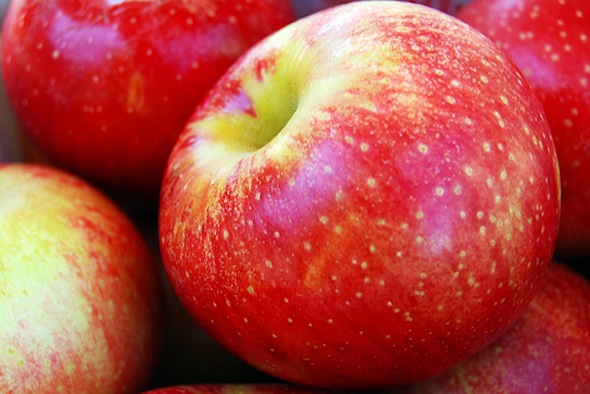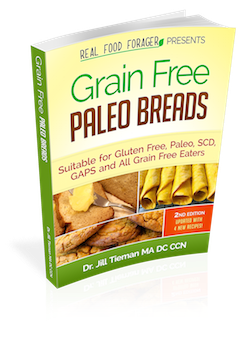The Environmental Working Group (EWG) an advocacy nonprofit, just published their updated list of the pesticide laden “dirty dozen” and the better “clean fifteen” list of conventional fruits and vegetables for 2011. Of the dirty dozen, apples are at the top — the worst in pesticide residues.
Next are celery, strawberries, peaches and spinach. Of the “clean” group, onions are first, followed by sweet corn (however, I would not eat corn that is not organic as it is most likely GM), pineapples, avocado and asparagus.
For the complete 2011 Shopper’s Guide from Environmental Working Group, click here.
They found that you could actually reduce your exposure to pesticide residues by over 90% if you buy only from the clean 15 list. If you are following the new “My Plate” suggestions by the USDA, and filling your plate with lots of fruits and vegetables (5 or more a day) you really have to be very careful of the pesticide exposure.
“Picking five servings of fruits and vegetables from the 12 most contaminated would cause you to consume an average of 14 different pesticides a day…”
The methodology used to determine pesticide contamination, for the Shopper’s Guide, is based on an analysis of 51,000 tests for pesticides conducted by the USDA and the FDA on 53 popular fruits and vegetables. The tests were conducted on produce after it had been rinsed or peeled.
Contamination was measure in six different ways:
- Percent of samples tested with detectable pesticides
- Percent of samples with two or more pesticides
- Average number of pesticides found on a single sample
- Average amount (level in parts per million) of all pesticides found
- Maximum number of pesticides found on a single sample
- Total number of pesticides found on the commodity
This seems to be a thorough measure of the many different pesticide chemicals that may be used. The produce was then ranked according to the six scores each type of produce received and then normalized on a 1-100 scale with 100 being the highest.
The ranking reflects the overall pesticide load on these common fruits and vegetables without regard to risk. Since some pesticides are clearly linked to cancer or nervous system toxicity, and others are not (or not yet) the ranking reflects the chemical load which encompasses the amounts and the different types of pesticides.
Certainly, it is best to buy organic when you can and when it is available. However, why spend the extra bucks for organic when you can save some money by buying high on the list of the “clean fifteen.”
Another alternative is to grow your own organic vegetables — but since I am a suburban forager in the northeast, I can only grow a small amount of seasonal vegetables which leaves me foraging in the stores for the rest of the year! This list really helps!













